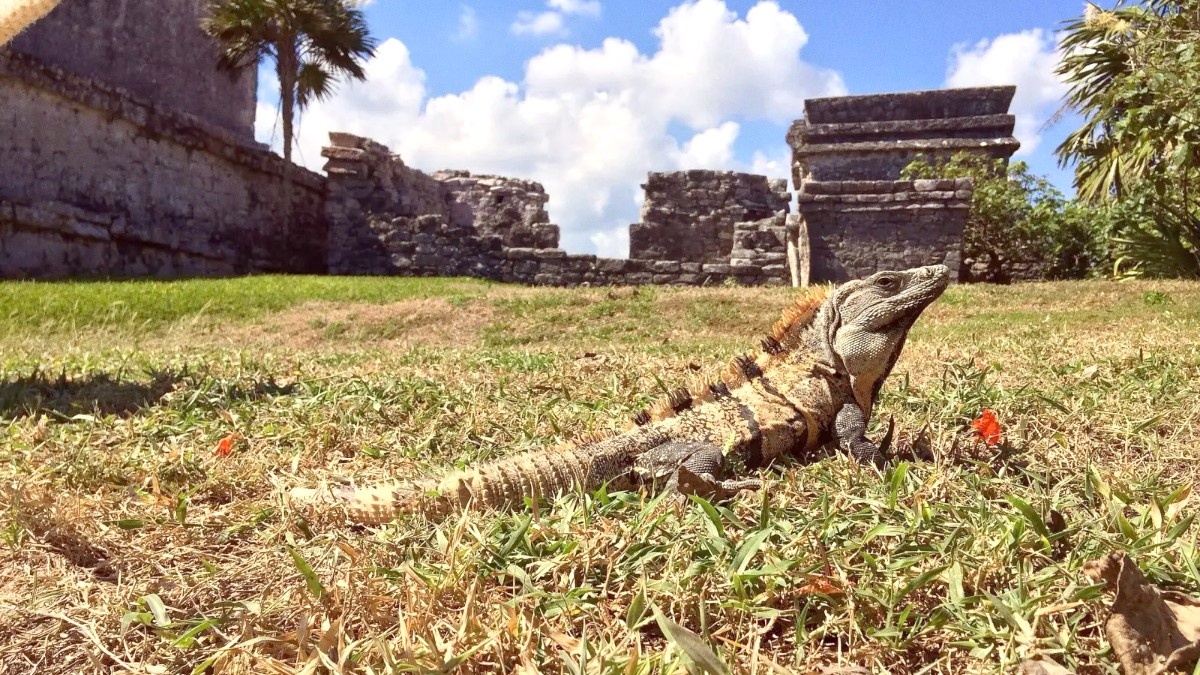
Central Gulf Coast, Mexico
The city's flat terrain in the historic center and along the Malecon makes walking a pleasant way to explore. For longer distances, an extensive bus network connects various neighborhoods.
Veracruz's public transport system, while not as modern as some large global cities, is highly functional and widely used by locals. Embrace the local transport experience as part of your cultural immersion.
City buses are generally not wheelchair accessible. High steps for boarding. Limited space inside.
Do not hesitate to ask a local if a particular bus goes to your destination ("¿Va a [destination]?").
Google Maps can suggest routes, but local knowledge often proves more accurate for real-time conditions.
Requires valid driver's license, credit card, and mandatory Mexican auto insurance.
Less common for tourists; generally not recommended due to traffic and road conditions.
Formal city-wide sharing programs are limited. Some hotels or shops along Malecon offer rentals.
Veracruz has no unique local specialty vehicles like tuk-tuks or funiculars.
Driving in Veracruz city traffic can be challenging, especially during peak hours. Parking can be difficult and expensive in the historic center.
Veracruz has a "Tranvía Turístico" (Tourist Tram), a trolley-like bus offering guided tours of city attractions as a hop-on-hop-off service.
Some small boats offer short tours around the harbor, giving different perspectives of the Malecon and San Juan de Ulúa Fort. Tours to nearby islands are mainly sightseeing excursions.
Veracruz does not have cable cars, funiculars, or other highly unique local transport systems common in mountainous regions, due to its flat topography.
For travelers with mobility needs, planning transportation in advance is beneficial, as public buses may not be fully accessible.
Morning and late afternoon see higher traffic on buses and roads.
Factor in extra travel time during these periods.
Buses might run less frequently on Sundays and public holidays.
Confirm schedules if planning travel on these days.
Locals are generally friendly and ready to help with directions or bus routes.
A few Spanish phrases go a long way.
For short taxi rides, having small peso bills (20, 50, 100 MXN) is useful. Drivers often find difficulty making change for large denominations.
Embrace the local transport experience as part of your cultural immersion.